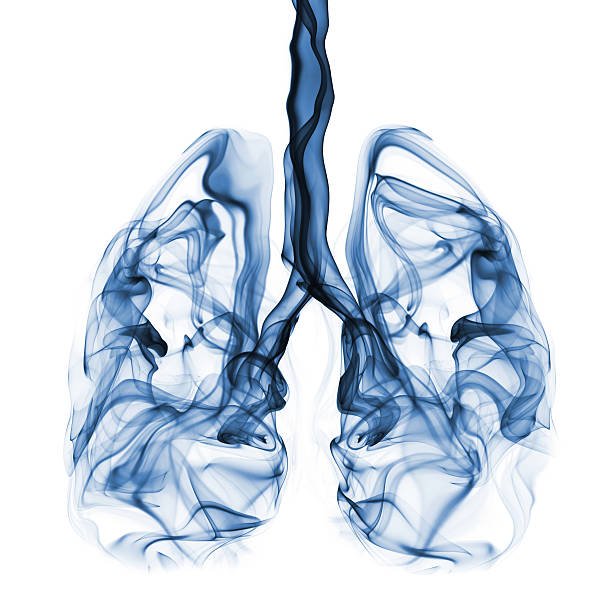The attitude towards tobacco has been constantly changing throughout history, from when it was treated as a medicine, to the fact that smoking was legally punished, to the state today when it is a completely normal and socially acceptable behavior despite the enormous harm that has been proven in all studies.
Although there has been a decline in the number of smokers in recent years, and predictions are even more optimistic for the next ten years after the implementation of many programs to reduce the percentage of smokers, the data are still below expectations.
Society, family, school teach us from a young age how harmful smoking is. We are all familiar with the effects of smoking on our body, we are all familiar with the whole range of chronic diseases that tobacco causes, and the symptoms that occur in our body are far more numerous.
For example, users of products that burn tobacco are even four times more likely to suffer from coronary disease, stroke as well, chronic lung obstruction almost 13 times and cancer even 25 times more.
Tobacco smoke is the most extensively documented cause of disease ever investigated in the history of biomedical research.
We discussed the harmfulness of tobacco smoke, as a by-product of tobacco combustion, on the respiratory system with a pulmonologist, Doc. Dr. sc med. Majdom Šahman Zaimović, who gave us the necessary information when it comes to the harmful effects of tobacco smoke that is released when tobacco is burned.
Antena M: How does tobacco smoke affect the respiratory system?
Dr: The respiratory system extends from the nose and upper respiratory tract to the alveolar surface of the lungs, where gas exchange occurs. Inhaled tobacco smoke leaves the mouth through the upper respiratory tract, eventually reaching the alveoli - the smallest part of the lungs.
Tobacco smoke, which is released by burning tobacco, produces recognizable symptoms that include: a productive and persistent cough, regular respiratory infections that require antibiotics, and shortness of breath during physical activity.
Antena M: What are the most common lung diseases when it comes to the impact of cigarette smoke on the lungs?
Dr.: Diseases of the respiratory system that are associated with the use of cigarettes are chronic obstructive pulmonary disease, pneumonia, lung cancer, emphysema, bronchitis, etc.
In recent decades, great advances have been made in our understanding of how smoking causes these diseases. Research has been facilitated by methods that directly assess changes in the lungs, and have shown that as many as 70%-80% of people who died due to obstructive lung diseases were cigarette users.
Antena M: What effect does tobacco smoke have on the lungs of non-smokers, in terms of the effect on passive smokers?
Dr.: Passive smoking can also lead to diseases of the respiratory organs. It has been proven that a non-smoker gets the same amount of smoke and harmful chemicals as if he smoked one cigarette if 4 cigarettes are lit next to him.
Cigarette smoke stays in the air for 8 hours, and parents who have small children and children with respiratory problems should know this.
Research also shows that tobacco smoke lingering in a room can damage the DNA of cells and that particles deposited from cigarette smoke can form more carcinogenic compounds that can be inhaled along with other household dust.
For these reasons, it is important to remove not only the odors caused by cigarette smoke, but also the particles.
Antena M: Which component of tobacco smoke damages the lungs the most?
Dr.: Cigarette smoke contains over 7,000 chemical substances, of which even 70 are proven to cause cancer.
There are three main groups of harmful substances in the smoke released by burning tobacco: carbon monoxide (CO), nicotine and tar, which is actually the dry residue of smoke from which nicotine and water have been removed.
Although the harmful effects of smoking and nicotine are often equated, one should know that nicotine is an addictive substance responsible for addiction. Therefore, nicotine is responsible for the feeling of pleasure that smokers have when consuming cigarettes. However, it is not the primary cause of diseases such as cancer, emphysema, chronic obstructive pulmonary disease. Compounds that are produced as products of tobacco combustion at high temperatures are responsible for the occurrence of these diseases. Cigarette smoke also contains radioactive elements such as lead and polonium and heavy metals that bind to tar in the lungs where they collect and deposit causing carcinogenic changes, while solid carbon particles from cigarette smoke are responsible for local and systemic inflammatory response.
The chemicals in cigarette smoke simultaneously damage the genes that control cell growth, causing abnormal growth and reproduction and weakening the immune system.
Today, we increasingly encounter the category of smokeless devices, so it is important to know that due to the absence of combustion, they deliver smaller amounts of certain harmful substances, carbon monoxide in the first place, while they still contain nicotine and harmful ingredients only in smaller quantities.
Antena M: What is your advice in the direction of reducing the harm of tobacco smoke to human health?
Dr.: A smoke-free policy is a respect for people's right to clean air.
It is increasingly common for countries to ban smoking in public places, but for bans to have an effect on reducing the death rate, this policy must become part of a comprehensive policy to control the use of products that produce smoke as a result of burning tobacco, such as high taxes, highlighted pictorial warnings on cigarette packs.
Although the most ideal thing is to leave tobacco and nicotine forever, and among smokers who strive to reduce the harmful effects of cigarette smoke there is still no complete will to stop using tobacco, in that case I would advise patients to look for information on less harmful alternative products that do not burn tobacco.
This interview is part of the project "To breathe air without tobacco smoke".










Komentari (0)
POŠALJI KOMENTAR